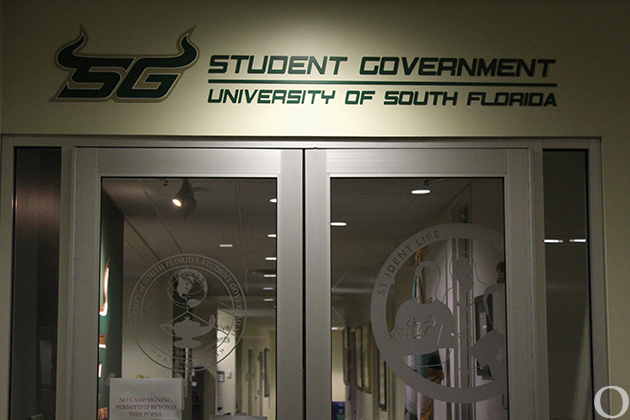Additional outlets needed for laptops
Laptops are becoming more common in USF’s classrooms and are bringing a problem with them. Most classrooms were never designed for students to bring their own computers and have only few electrical outlets available. This often causes a mad dash for the seats closest to electrical outlets.
Of course, one could ask why students have to bring laptops in the first place, but since most of USF’s classes now use Blackboard and other online tools, it only seems logical for students to start bringing their own computers.
The problem arises because computers only hold a charge for a few hours. If students have more than one class a day, they either have to recharge their computer between or during classes.
Either way, that means they will have to do so on campus.
Large classrooms, such as Cooper Hall’s largest lecture hall, only feature a handful of outlets. The outlets were never meant for laptops, and how could they? The building was constructed even before large desktop computers were commonplace.
Most outlets in buildings constructed in USF’s early days were meant for cleaning equipment when classes are not in session. Therefore, the available outlets are in very unfortunate spots, forcing students that wish to recharge their computers to leave power cords dangling across aisles, occasionally tripping the less observant student.
But even newer buildings, such as the Natural & Environmental Sciences, do not have nearly enough outlets, often forcing students to share them.
But where the lack of electrical outlets is felt the most is in the Library.
The first floor provides a number of studying cubicles, almost half of them equipped with electrical outlets. But while the first floor is being remodeled, these cubicles are not available.
Throughout the rest of the Library outlets are scarce, and students can often be seen roaming the floors trying to find one.
It is important that such outlets are offered, especially in places where students will spend several hours, such as the Library.
In most other cases the cost of retrofitting existing buildings would in all likelihood be cost prohibitive. But if buildings, such as Cooper Hall, are to be remodeled in the future, it is critical that the need for more electrical outlets be considered.





